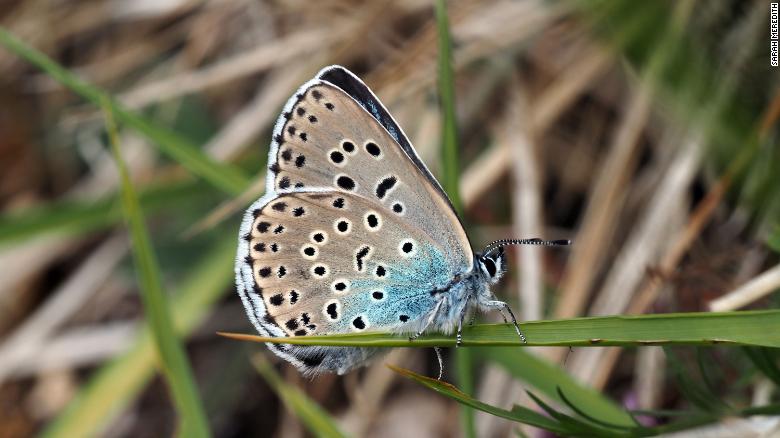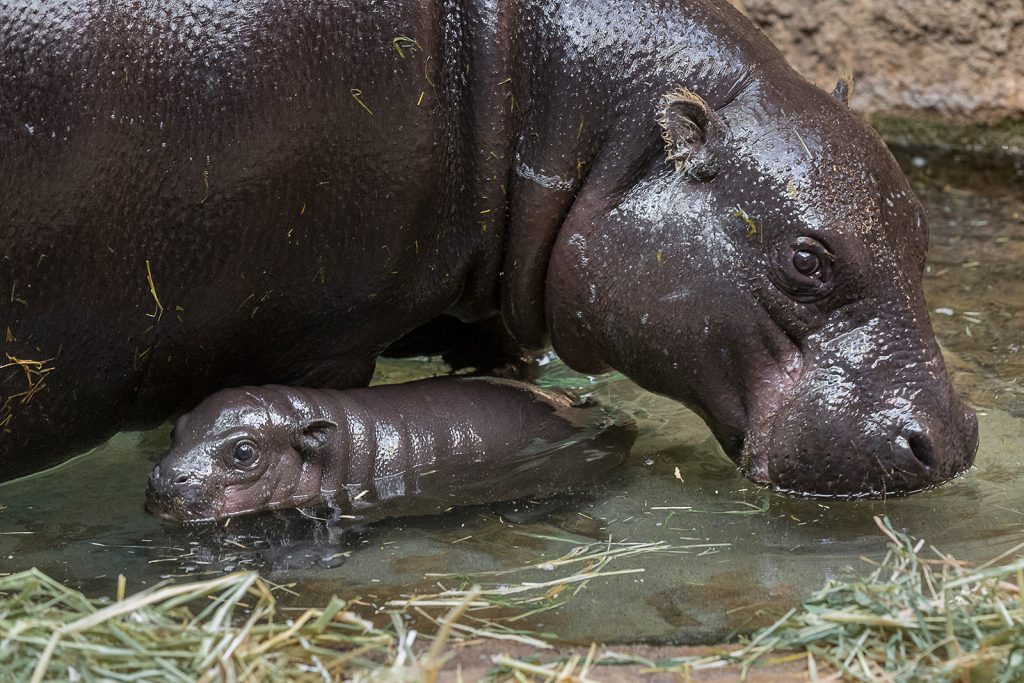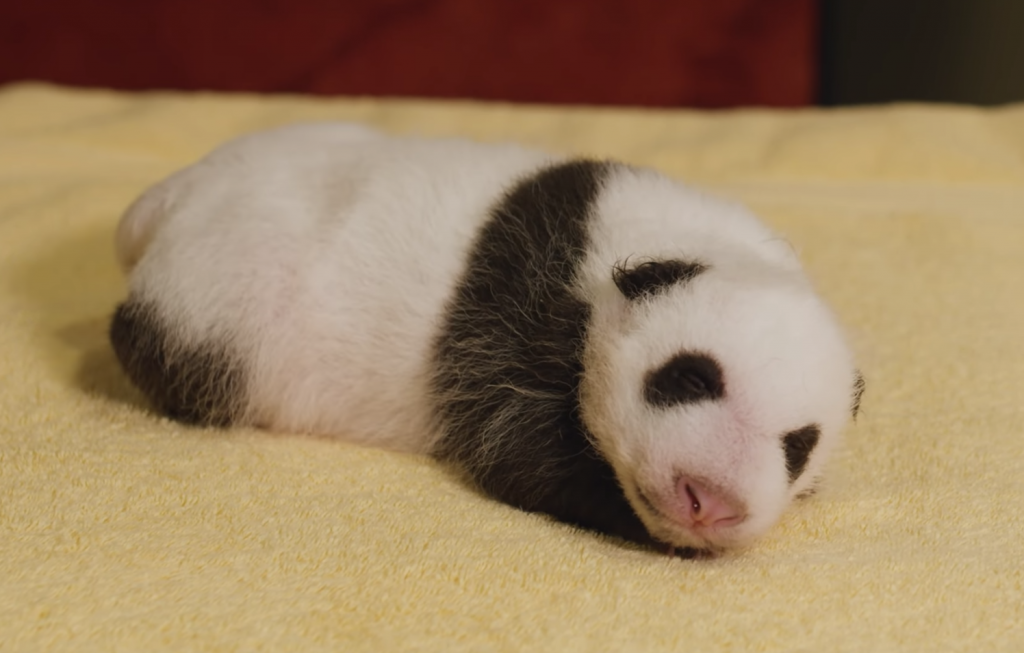What makes people happy? ANIMALS! And? GOOD NEWS! So what does 2020 really need? ⇩⇩⇩
GOOD NEWS ABOUT ANIMALS!

Large Blue Butterflies Back in the U.K.
(Sarah Meredith/CNN)
Pygmy Hippo Mabel and Calf
(San Diego Zoo)
Mei Xiang’s Panda Cub
(Smithsonian’s National Zoo)
During the Quarantine, Wildlife (and the Scientists Who Study Them) Did A-Okay
When people around the world stayed home, the wildlife came out to play. In the early days of the pandemic, wild goats roamed free in a Welsh town, Nubian ibexes strolled an Israeli promenade, and an endangered civet cat took advantage of India’s 21-day lockdown. In the U.S., less car traffic meant fewer roadkill deaths, with potentially millions of animal lives spared—including thousands of large mammals like deer, elks, bears, moose, coyotes, and mountain lions. And most significantly, the “anthropause” (the dramatic slowdown in human activity caused by the pandemic) gave scientists a chance to study wild animals in a unique new environment. Scientists have gathered fascinating new insights on animal movement, the impact of changing human activity levels, and better tracking data for wild animal populations.
New Animal Babies are Everywhere!
The pandemic has been an enormous challenge for zoos, many of which were forced to close down for months, cutting off their main revenue stream as they continued to spend millions on animal food and care. Fortunately, zoos still had things to celebrate, including the births of new baby animals! In April, the San Diego Zoo welcomed a new baby pygmy hippo—and it’s unbelievably cute. In Kenya, heavy rainfall and less international travel led to an elephant baby boom, with a record 140 elephants born in a single calving season at Amboseli National Park. At the Ujung Kulon National Park in Indonesia, the endangered Javan Rhino population grew with the birth of two baby calves, conceived through natural breeding.
In August, 22-year-old panda Mei Xiang at the Smithsonian’s National Zoo gave birth to a new panda cub! Mei Xiang was successfully impregnated with frozen semen—a first for a U.S. panda—and is the oldest panda to give birth in America. Watch the new baby and mama via the National Zoo’s Giant Panda Cam! Meanwhile in Hong Kong, two giant pandas at Ocean Park mated naturally for the first time in early April—a first for the pandas who have lived together for nearly a decade! Unfortunately, Ocean Park later confirmed that panda Ying Ying was not pregnant, although they hope to try again next year.
Once-“Extinct” and Endangered Animals Return to the Wild
The gorgeous Large Blue butterflies, declared extinct in the U.K. in 1979, have been successfully reintroduced to southwest England. This summer, around 750 butterflies were spotted in the area where conservationists released 1,100 larvae last year. The Somali Sengi, a species of elephant shrew, was sighted for the first time in 50 years, after it was thought to be extinct. Scientists tracked down the tiny mammal in Djibouti by luring it out of hiding with peanut butter, oatmeal, and yeast. In the U.S., twenty Mexican wolf pups that were born in captivity were successfully integrated into wild packs to diversify the gene pool and help the species bounce back from extinction in the wild. And for the first time in more than 100 years, Mount Rainier National Park is the confirmed home of an extremely rare family of wolverines—a nursing mother and her two kits, spotted by camera stations inside the park.
Want to keep up-to-date on more exciting animal news? Check out these sites!